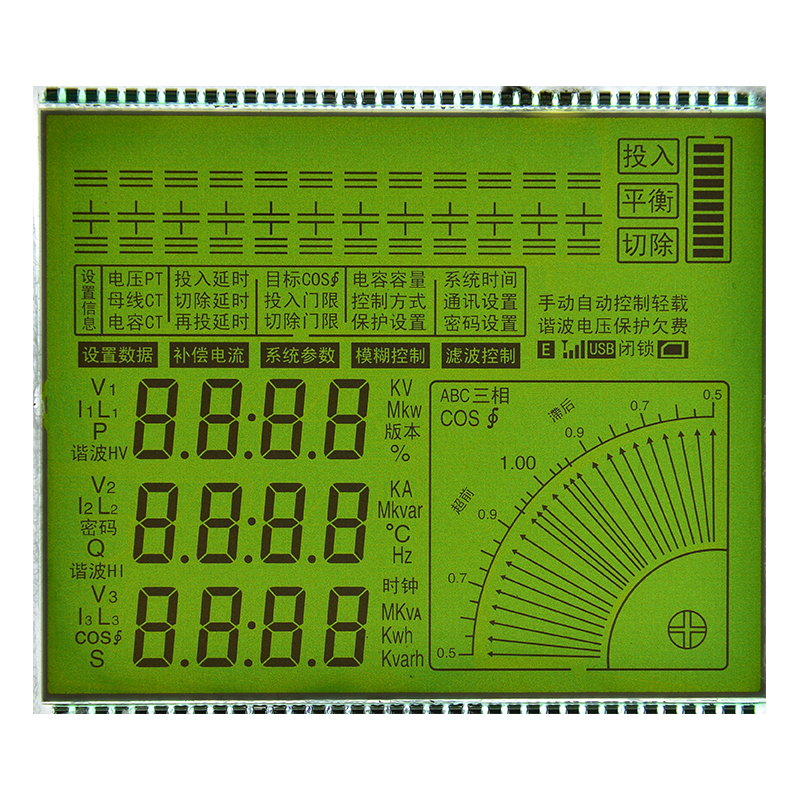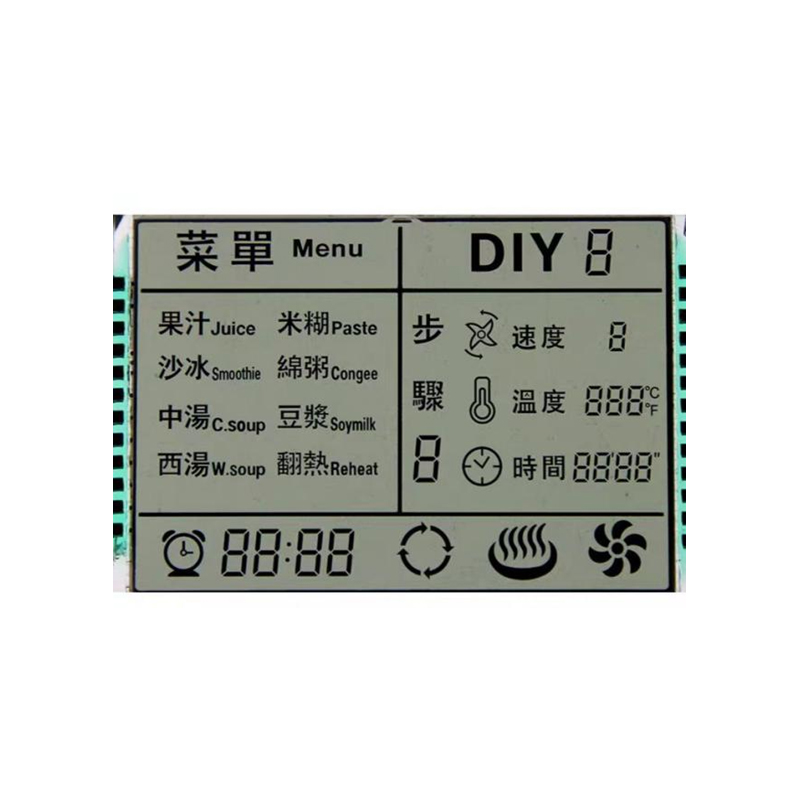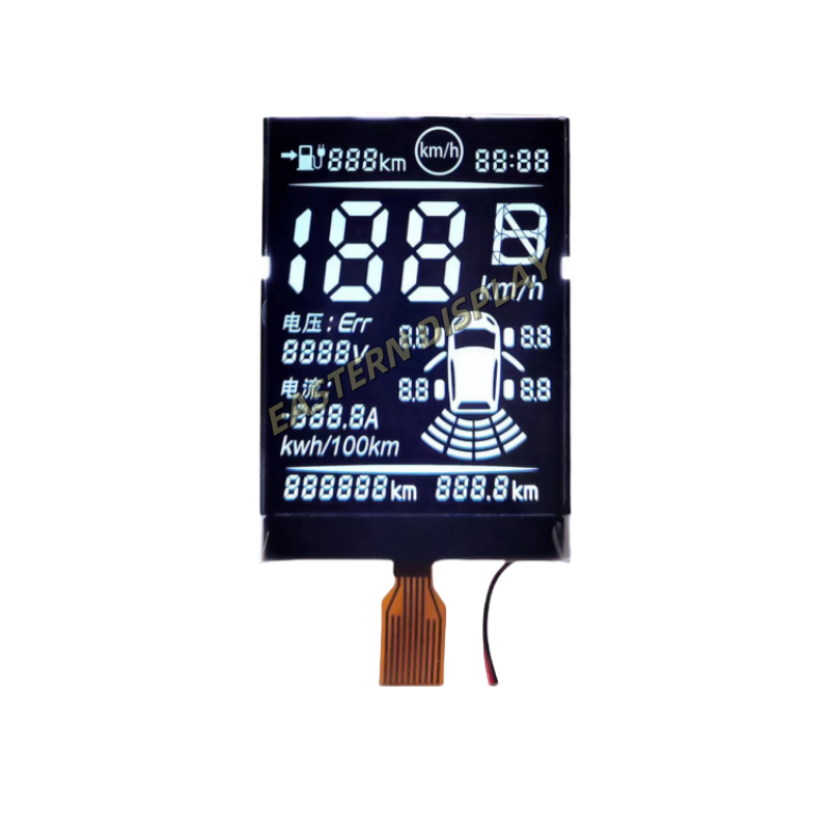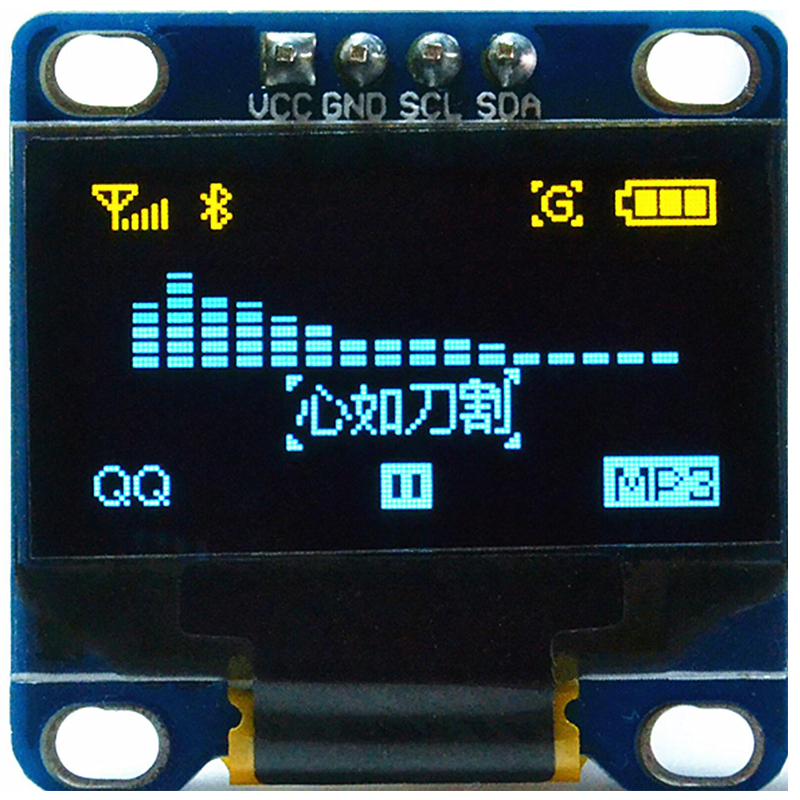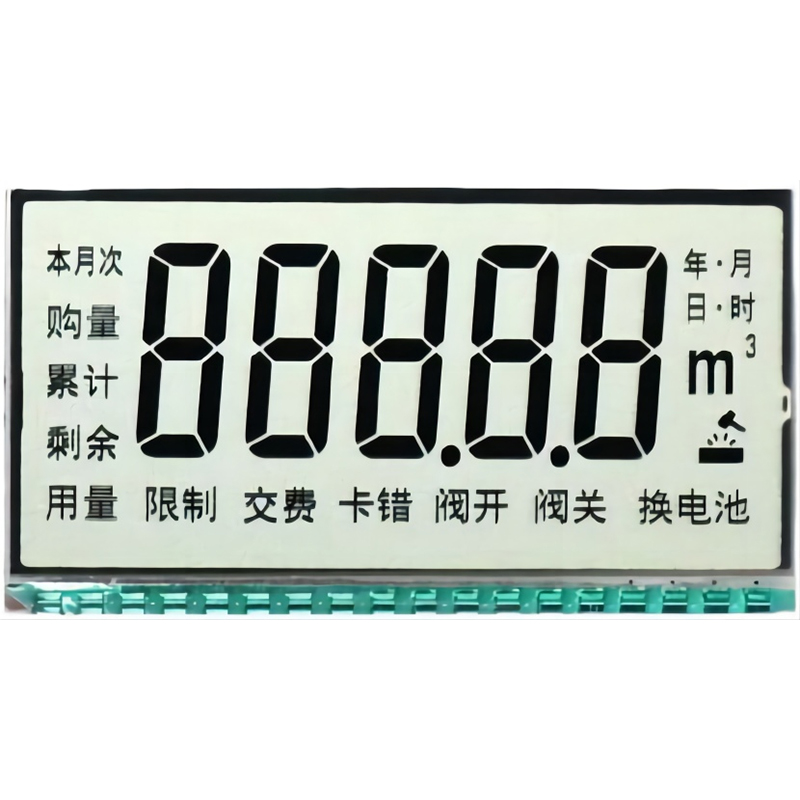
Experience the future of mobile displays with a 120Hz AMOLED display. This guide explores the technology behind these stunning screens, their benefits, drawbacks, and what to consider when choosing a device with this advanced feature. Learn about refresh rates, color accuracy, and power consumption to make an informed decision.
The 120Hz in 120Hz AMOLED display refers to the refresh rate, meaning the screen updates its image 120 times per second. This is significantly higher than the standard 60Hz, resulting in smoother scrolling, animations, and gaming experiences. The difference is particularly noticeable in fast-paced games and when scrolling through long lists. A higher refresh rate minimizes motion blur and judder, leading to a more fluid and responsive visual experience. Compare this to older 60Hz displays, and you'll quickly appreciate the upgrade. You'll find this technology in many high-end smartphones and even some tablets.
The AMOLED in 120Hz AMOLED display stands for Active-Matrix Organic Light-Emitting Diode. Unlike LCD displays, AMOLED displays don't require a backlight. Each pixel is self-illuminating, resulting in incredibly deep blacks, vibrant colors, and a higher contrast ratio. This technology offers superior picture quality, making images pop with lifelike detail. Many manufacturers, such as Samsung, are leaders in AMOLED technology, constantly improving its capabilities. The combination of a high refresh rate and AMOLED technology creates an exceptionally compelling visual experience.
The benefits of a 120Hz AMOLED display extend beyond just smoother visuals. The higher refresh rate improves responsiveness, reduces eye strain, and enhances the overall user experience. This makes it ideal for gamers, content creators, and anyone who appreciates a premium visual experience.
For gamers, the smoother visuals and reduced input lag provided by a 120Hz AMOLED display can significantly improve gameplay. Faster response times translate to a competitive edge and a more immersive gaming experience. High-end gaming smartphones often feature this technology, providing the ultimate mobile gaming experience.
Studies suggest that higher refresh rates can reduce eye strain associated with prolonged screen use. The smoother motion on a 120Hz AMOLED display can make it easier on the eyes, especially during extended periods of screen time.
While 120Hz AMOLED displays offer numerous advantages, there are some drawbacks to consider. Primarily, higher refresh rates consume more battery power. This is a trade-off users must be aware of. The increased power consumption may affect battery life depending on usage.
The higher power consumption associated with a 120Hz AMOLED display can impact battery life. Many devices offer adaptive refresh rate technology, allowing the display to automatically adjust the refresh rate based on the content being displayed, thus optimizing battery life. This is a valuable feature that helps balance performance and power efficiency.
When selecting a device with a 120Hz AMOLED display, consider factors like screen size, resolution, and overall device performance. Reading online reviews and comparing specifications from different manufacturers can help you make an informed choice. Look for devices that offer features like adaptive refresh rate technology to optimize battery life and ensure a smooth and responsive user experience.
A 120Hz AMOLED display represents a significant advancement in mobile screen technology, offering a smoother, more vibrant, and immersive visual experience. While increased battery consumption is a factor to consider, the benefits often outweigh the drawbacks for users who prioritize visual quality and responsiveness. When choosing a new device, understanding the nuances of this technology will help you make an informed decision.
For high-quality LCD and AMOLED displays, consider exploring the options available at Dalian Eastern Display Co., Ltd. They offer a wide range of display solutions for various applications.

